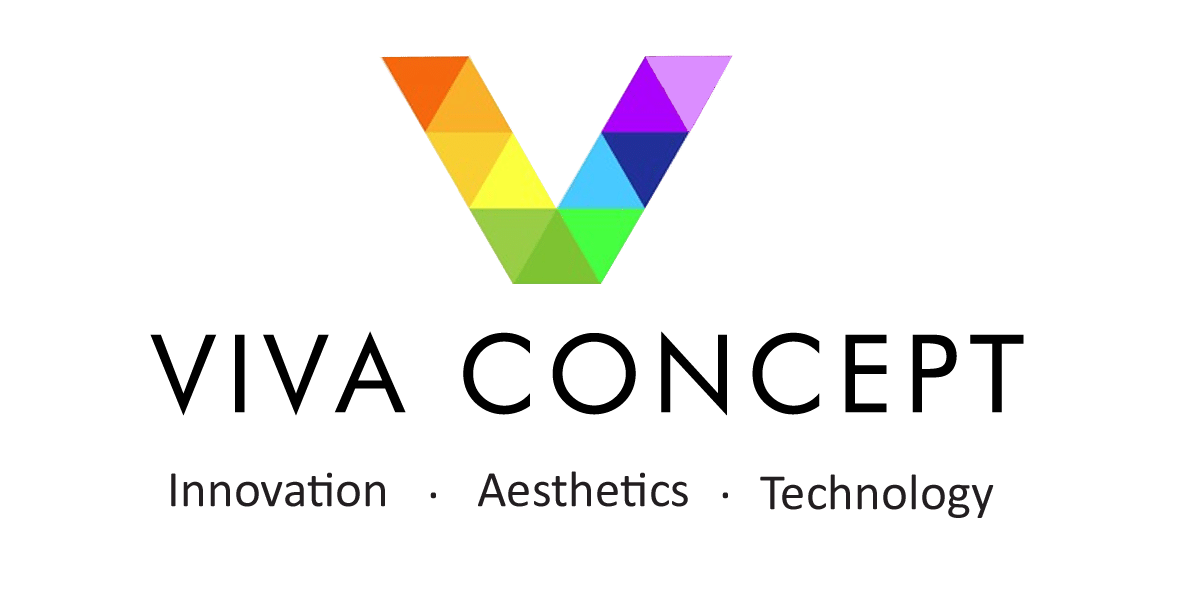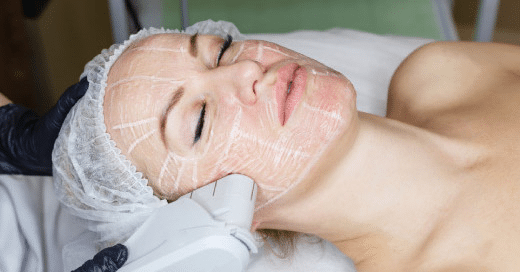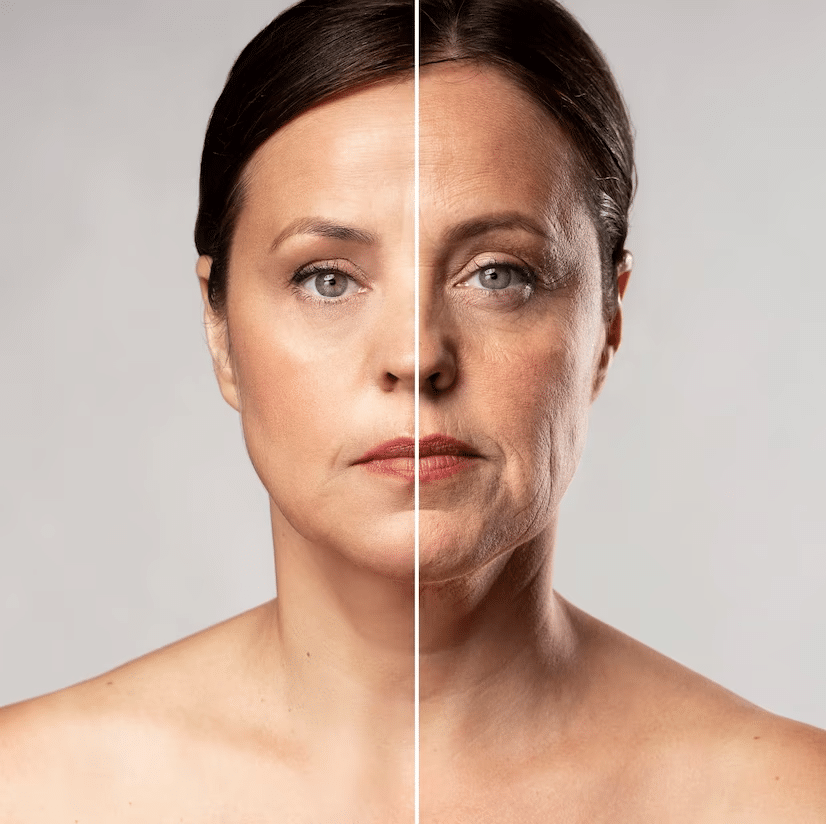Is HIFU Safe? What You Need to Know
As the popularity of non-invasive beauty treatments continues to rise, more and more people are considering HIFU machines as a safe and effective alternative to traditional facelifts. But just how safe is HIFU, and what do you need to know before undergoing treatment? In this article, we’ll explore the risks and benefits of HIFU, the science behind HIFU safety, tips and precautions to maximize safety during treatment, and more.
Understanding HIFU Safety: Risks and Benefits
HIFU, or High-Intensity Focused Ultrasound, is a non-invasive cosmetic procedure that uses ultrasound technology to lift and tighten the skin. Unlike surgical facelifts, HIFU requires no incisions, needles, or anesthesia, and has little to no downtime. While HIFU is generally considered safe, like any medical procedure, it does carry some risks.
The most common side effects of HIFU include mild redness, swelling, and tenderness in the treated area. These side effects usually subside within a few hours to a few days. More serious side effects, such as burns, blisters, or nerve damage, are rare but can occur if the treatment is not performed correctly or if the patient has underlying health issues. It is important to choose a qualified and experienced HIFU provider to minimize the risk of complications.
The benefits of HIFU, on the other hand, are numerous. In addition to lifting and tightening the skin, HIFU can also stimulate collagen production, which helps to improve skin texture and reduce the appearance of fine lines and wrinkles. HIFU can also be used to target specific areas of the face, such as the forehead, cheeks, or jawline, for more customized results.
The Science Behind HIFU Safety
So how does HIFU work, and why is it considered safe? HIFU uses high-frequency ultrasound waves to heat and target specific layers of skin, including the deep layers that are typically addressed in surgical facelifts. The ultrasound waves are focused on the targeted area, causing the tissues to heat up and contract. This process stimulates collagen production and tightens the skin, without damaging the surrounding tissues.
Because HIFU is non-invasive and does not require any incisions or injections, it is generally considered safer than surgical facelifts, which carry a higher risk of complications such as bleeding, infection, and scarring. HIFU also has a lower risk of side effects and downtime compared to other non-invasive treatments, such as laser or radiofrequency therapy.
Maximizing Safety During HIFU Treatment: Tips and Precautions
To ensure the safest and most effective HIFU treatment possible, there are several tips and precautions that both the provider and the patient should follow. First and foremost, it is important to choose a qualified and experienced HIFU provider who has the necessary training and expertise to perform the procedure safely.
Before the treatment, the provider should conduct a thorough consultation to assess the patient’s skin type, health history, and treatment goals. The provider should also explain the risks and benefits of the procedure, as well as any potential side effects or complications.
During the treatment, the provider should follow strict safety protocols, such as using the appropriate energy levels and monitoring the patient’s skin temperature to prevent burns or other damage. The patient should also follow any instructions given by the provider, such as avoiding sun exposure or certain medications before or after the treatment.
HIFU Safety for Different Skin Types: What You Need to Know
One of the benefits of HIFU is that it can be customized to different skin types and treatment areas. However, it is important to note that the safety and effectiveness of HIFU may vary depending on the patient’s skin type and other individual factors.
For example, patients with darker skin tones may be at a higher risk of developing hyperpigmentation or other skin discoloration after HIFU treatment. This is because ultrasound waves can stimulate melanin production in the skin. To minimize this risk, the provider may adjust the energy levels or treatment settings to suit the patient’s skin type.
Patients with underlying health conditions, such as autoimmune disorders or blood clotting disorders, may also be at a higher risk of complications from HIFU treatment. It is important to disclose any medical conditions or medications to the provider before undergoing the procedure.
Common Myths and Misconceptions About HIFU Safety
Like any cosmetic procedure, there are several myths and misconceptions about HIFU safety that can cause confusion and concern. One common myth is that HIFU is not safe for people with pacemakers or other medical implants. In fact, HIFU is generally considered safe for these individuals, as the ultrasound waves do not interfere with electronic devices.
Another myth is that HIFU can cause facial fat loss or other permanent damage to the skin. While it is true that HIFU can target and reduce fat cells in the treatment area, it does not cause overall fat loss or damage to the skin. HIFU is designed to stimulate collagen production and tighten the skin, not to remove or damage fat cells.
Comparing HIFU Safety with Other Beauty Treatments
When considering HIFU as a safe alternative to surgical facelifts or other non-invasive treatments, it is important to compare the risks and benefits of each option. While HIFU has a lower risk of complications and downtime compared to surgical facelifts, it may not be as effective for severe skin sagging or excess skin.
Other non-invasive treatments, such as laser or radiofrequency therapy, may also be effective for skin tightening and collagen production, but may carry a higher risk of side effects or require multiple treatments for optimal results.
| Images | Product | Technology | Treatment heads (pcs) | Wrinkle Type |
|---|---|---|---|---|
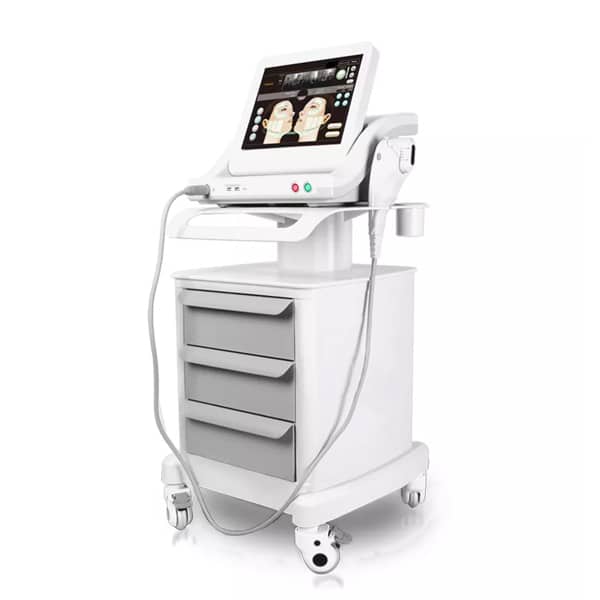 | HIFU facial machine | HIFU | 5 | Light, medium and heavy wrinkle |
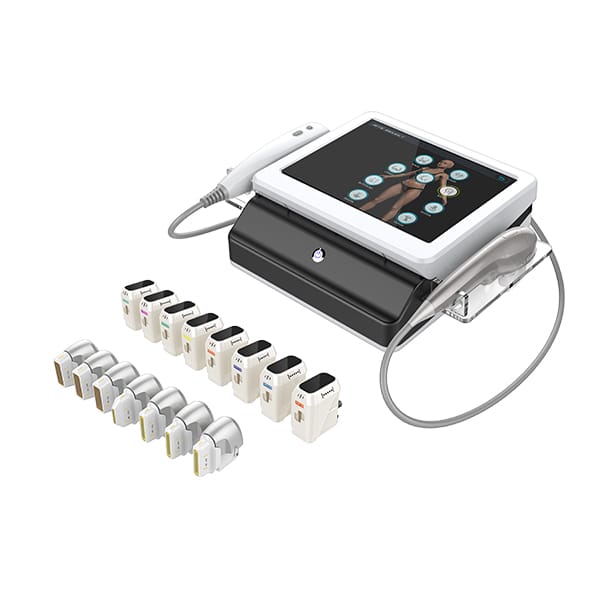 | 4D HIFU machine | HIFU | 7 | Light, medium and heavy wrinkle |
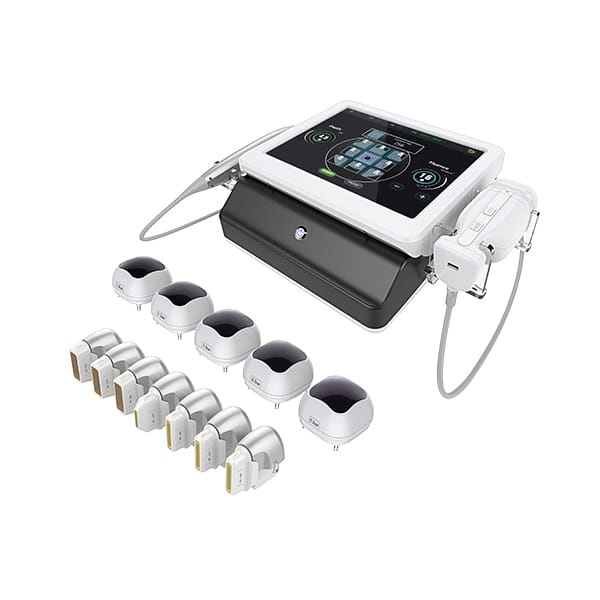 | 7D HIFU machine | HIFU | 7 | Light, medium and heavy wrinkle |
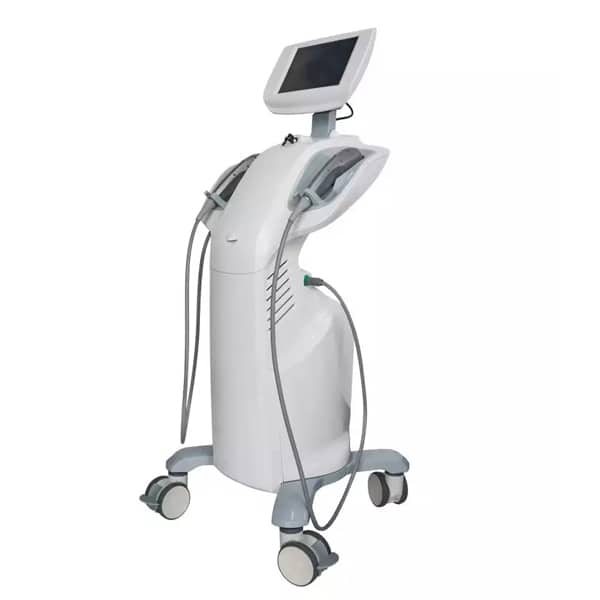 | Korean HIFU Machine | MMFU | 7 | Light, medium and heavy wrinkle |
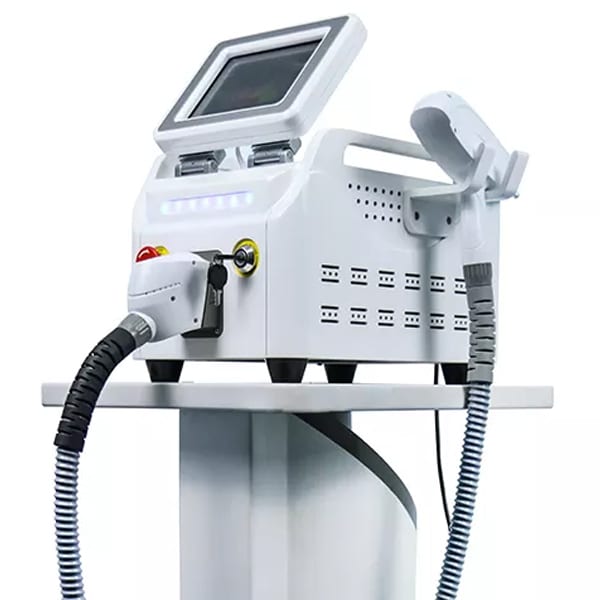 | Carbon Laser peel machine | Q-switch lasers | 3 | Light, and medium wrinkle |
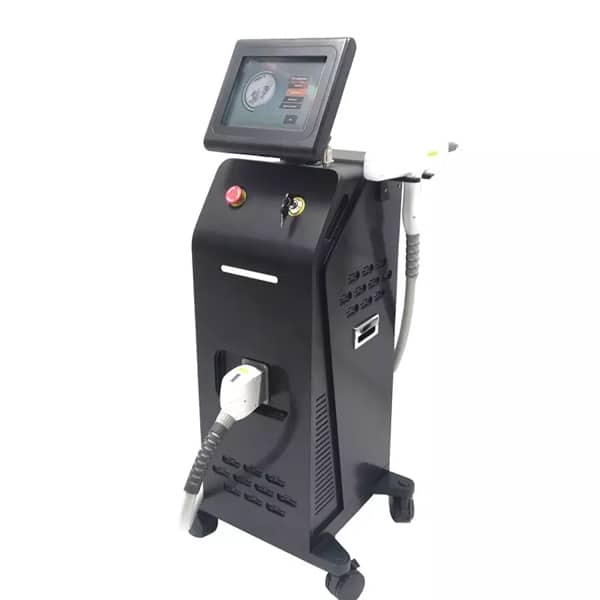 | Q-switched ND YAG Laser | Q-switch lasers | 4 | Light, and medium wrinkle |
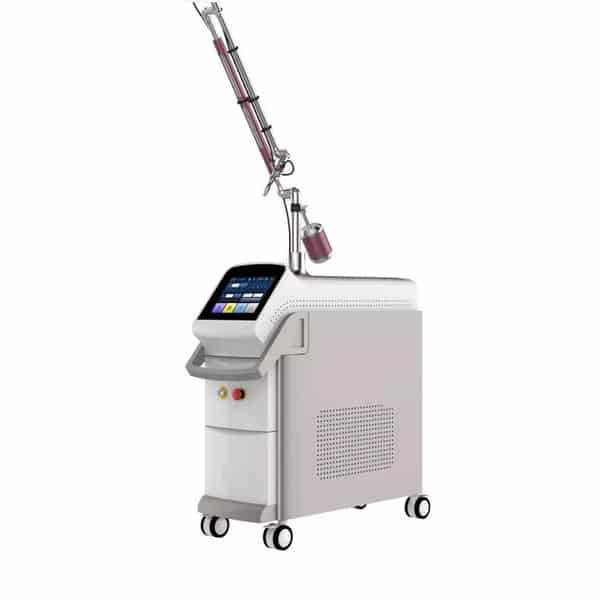 | Picosecond laser machine | Pico laser | 4 | Light, and medium wrinkle |
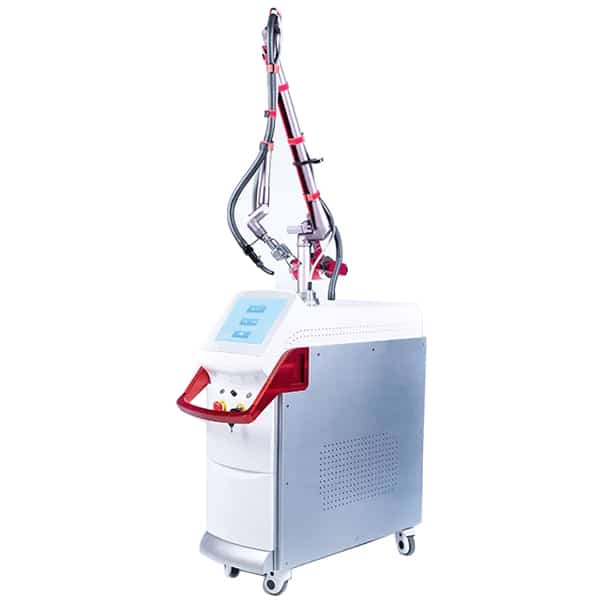 | Fractional Co2 Laser Skin Resurfacing Machine | Fractional CO2 laser | 7 | Light, medium and heavy wrinkle |
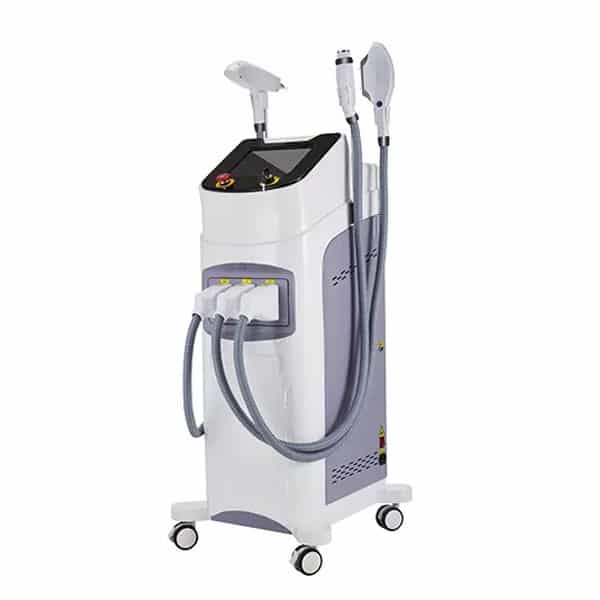 | E-light machine | IPL + RF | 1 | Light and medium wrinkle |
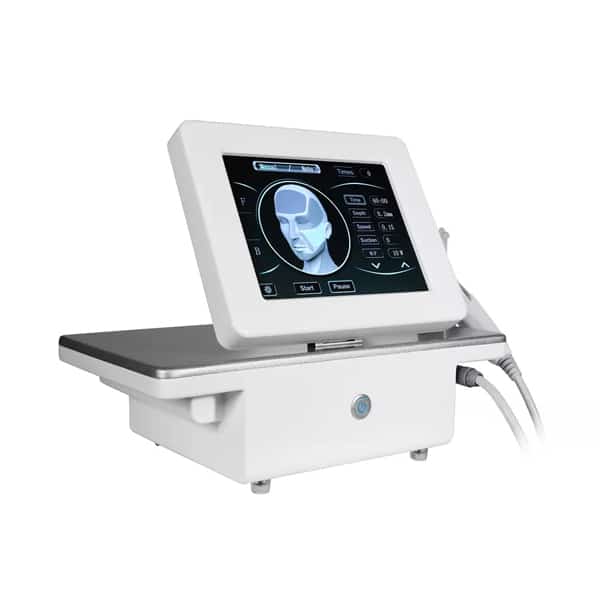 | RF Microneedling Machine | RF microneedling | 4 | Light, medium and heavy wrinkle |
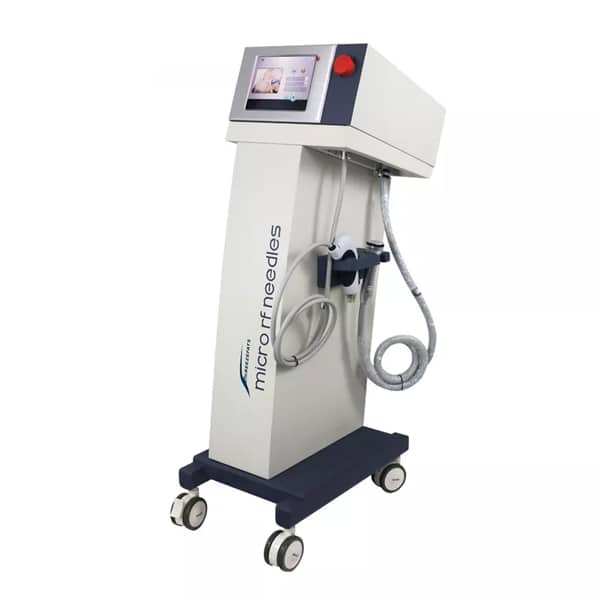 | Fractional RF Machine | Fractional RF | 4 | Light, medium and heavy wrinkle |
 | Inner Roller Ball Machine | Inner roller ball | 2 | Light, medium and heavy wrinkle |
The Importance of Choosing a Qualified HIFU Provider for Safe Treatment
Ultimately, the key to safe and effective HIFU treatment is choosing a qualified and experienced provider who can customize the treatment to suit the patient’s individual needs and goals. A qualified HIFU provider should have the necessary training and expertise to perform the procedure safely and effectively, as well as provide the necessary post-treatment care and follow-up.
By understanding the risks and benefits of HIFU, the science behind its safety, and the importance of choosing a qualified provider, patients can make informed decisions about whether HIFU is the right choice for their individual needs and goals. With the right provider and precautions, HIFU can be a safe and effective way to achieve a more youthful and refreshed appearance, without the risks and downtime of surgery.
To summarize, HIFU is generally considered safe and effective for non-invasive skin tightening and lifting. However, as with any medical procedure, there are risks and benefits that should be carefully weighed before undergoing treatment. By understanding the science behind HIFU safety, the risks and benefits of the procedure, and the importance of choosing a qualified provider, patients can make informed decisions about whether HIFU is right for them.
To maximize safety and effectiveness during HIFU treatment, it is important to choose a provider who has the necessary training and expertise to perform the procedure safely and effectively and to follow all recommended precautions and aftercare instructions. By doing so, patients can achieve the youthful and refreshed appearance they desire, without the risks and downtime of surgical facelifts or other invasive treatments.
In conclusion, HIFU is a safe and effective alternative to traditional facelifts, but it is important to choose a qualified provider and follow all recommended safety protocols to ensure the best possible outcomes. With the right provider and precautions, HIFU can help patients achieve a more youthful and radiant appearance, while minimizing the risks and downtime associated with surgical procedures.
